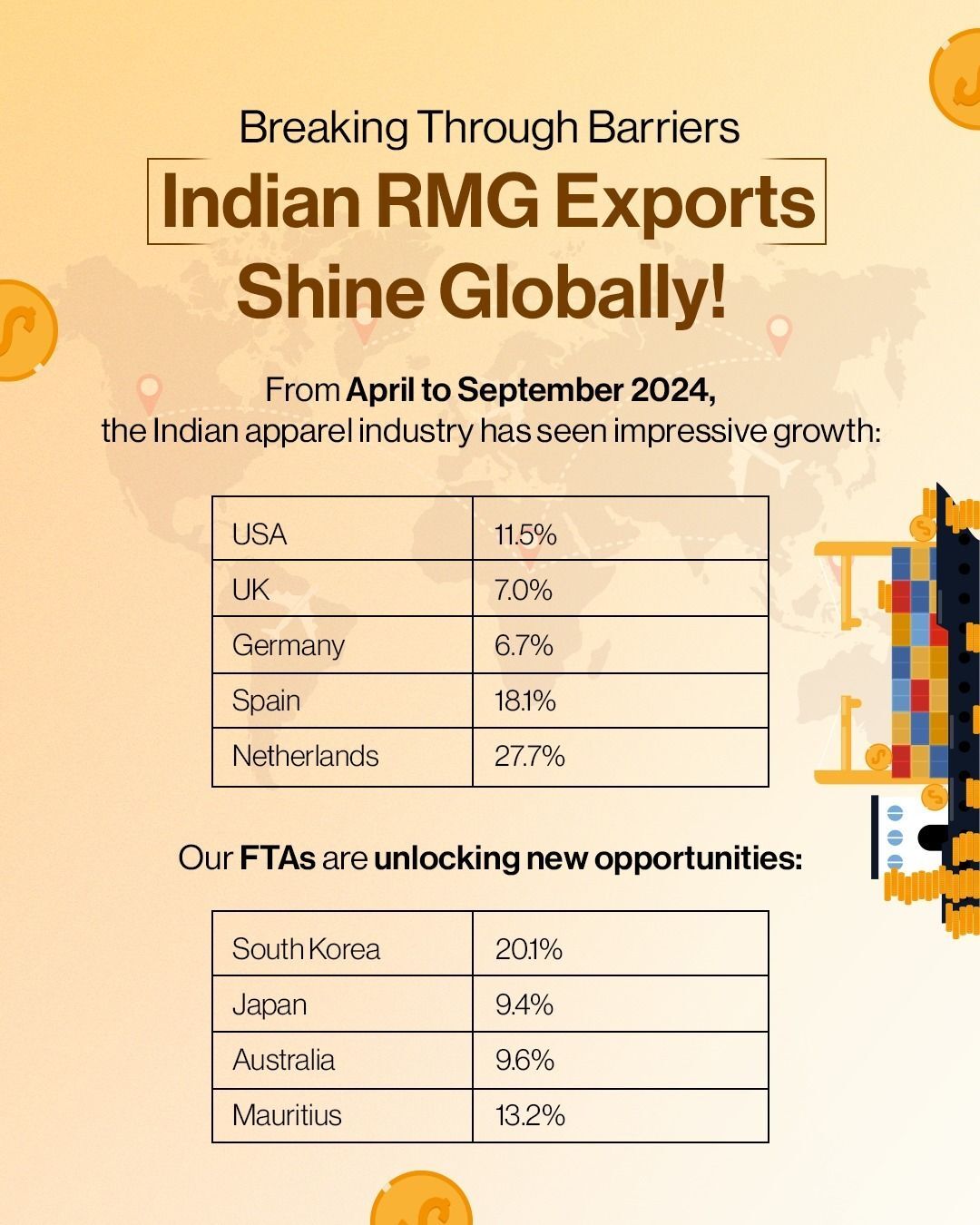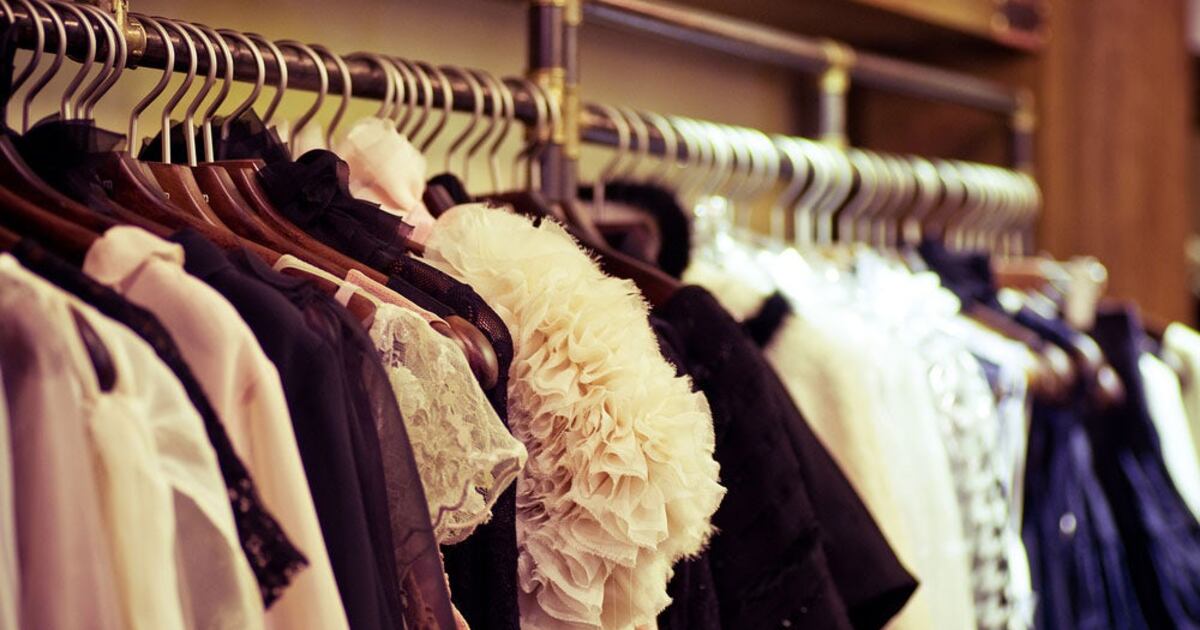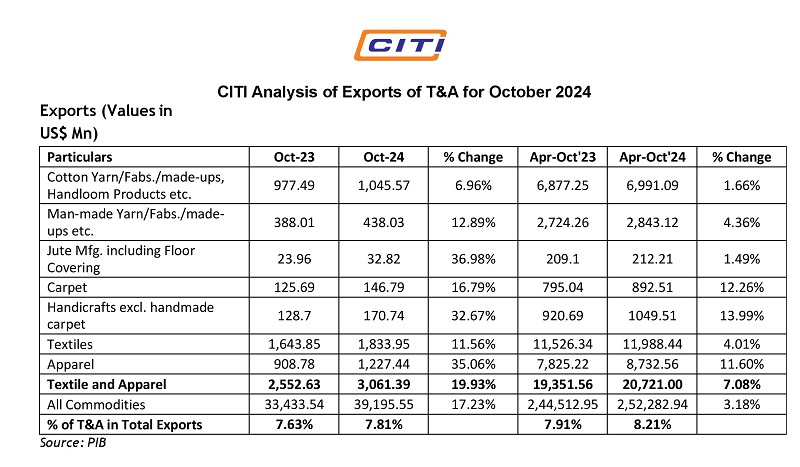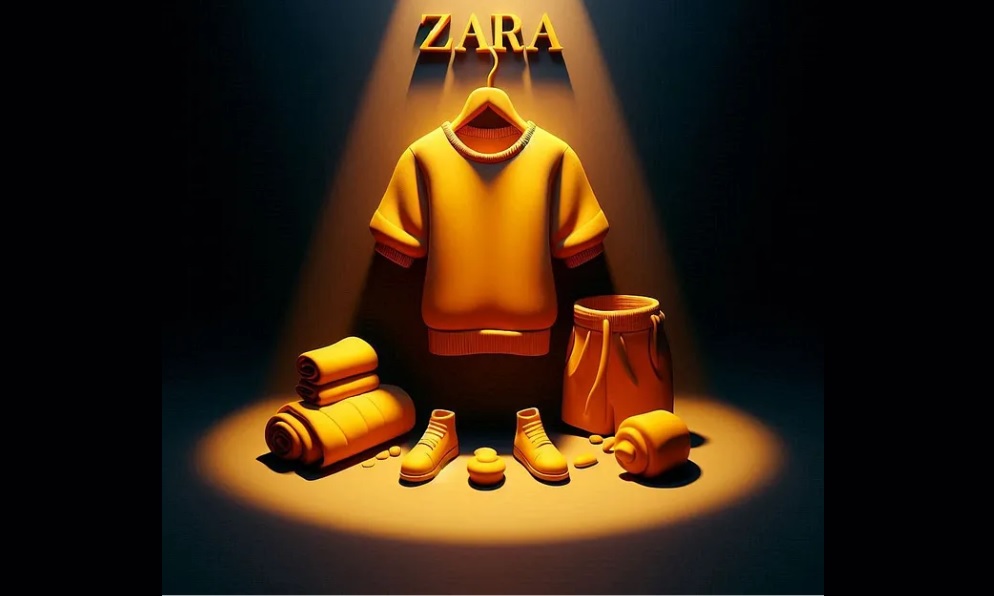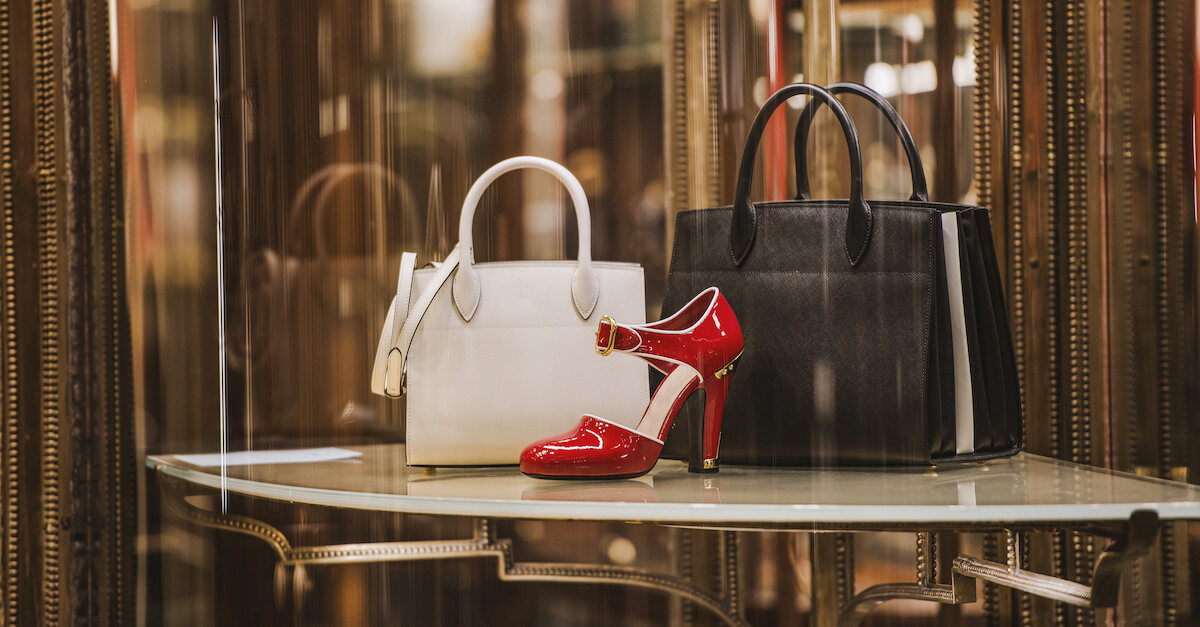
Despite a year marked by geopolitical tensions and economic uncertainties, the global luxury market showed remarkable resilience in 2023, surpassing €1.5 trillion in value, says latest Bain-Altagamma Luxury Goods Worldwide Market Study. This growth, estimated at 8-10 per cent at current exchange rates, underscores the enduring allure of luxury goods and experiences, even in the face of adversity. "The luxury market has once again proven its resilience in the face of global headwinds," says Claudia D'Arpizio, a Bain & Company partner and lead author of the study. "Brands that adapt to the evolving consumer landscape and embrace innovation will be well-positioned for success in the years to come."
Year 2023 growth lead by, personal luxury goods
Strong overall growth: The luxury market, encompassing nine segments including luxury cars, personal goods, hospitality, and fine wines & spirits, reached €1.51 trillion in retail sales value, a 11-13 per cent increase at constant exchange rates.
Personal luxury goods lead the way: This segment, which includes fashion, accessories, and beauty, is projected to reach €350-360 billion in 2023, driven by continued demand for high-end products.
Experiences gain traction: Luxury hospitality and cruises witnessed significant growth, highlighting the rising desire for exclusive and memorable experiences.
China's resurgence: After a period of subdued growth, the Chinese market rebounded strongly, contributing significantly to the global luxury market's expansion.
Evolving consumer landscape: Younger generations, particularly Gen Z and Millennials, are playing an increasingly important role in shaping the future of luxury consumption
US slowdown: Luxury spending in the US has fallen due to economic concerns, while Europe benefited from a resurgence in tourism.
Polarization deepens: The luxury market is increasingly polarized, with top-tier consumers driving a significant portion of growth.
Luxury majors' performance
The study also highlighted the recent performance of leading luxury groups.
Table: Top luxury retailers revenue growth
|
Company |
Revenue growth 2023 (YoY) |
Key highlights |
|
LVMH |
17% |
Strong performance across all divisions, particularly fashion and leather goods. |
|
Kering |
15% |
Gucci's turnaround strategy showed positive results, with growth accelerating in the second half of the year. |
|
Hermès |
29% |
Continued strong demand for iconic products like Birkin and Kelly bags. |
|
Richemont |
19% |
Jewelry maisons and specialist watchmakers drove growth. |
Factors shaping the luxury market
The current state of luxury market is a reflection of several key factors that are at play. It is evident that consumers are increasingly drawn to brands with rich history and strong values, seeking authenticity and craftsmanship. Meanwhile the focus is shifting from material possessions to unique and personalized experiences, such as bespoke travel and exclusive events. No wonder luxury brands are embracing digital channels to enhance customer engagement and provide seamless shopping experiences. Moreover, consumers are increasingly conscious of the environmental and social impact of their purchases, driving demand for sustainable and ethically sourced luxury products.
Then there is the China factor. China's resurgence as a key growth driver for the luxury market is undeniable. After a period of slowdown due to the pandemic and regulatory changes, Chinese consumers are once again driving sales, both domestically and abroad. The Bain-Altagamma study estimates that China will account for 40-45 per cent of the global luxury market by 2030. Looking ahead, the global luxury market is expected to continue its growth, albeit at a more moderate pace. The study projects a 3-5 per cent annual growth rate at constant exchange rates, reaching €430-460 billion by 2030. Key trends shaping the future of luxury include:
Are Q3 sales dip reflection of future?
Interestingly, despite Bain’s optimistic forecast, top luxury retailer LVMH reported a fall in its Q3 sales fashion and leather goods division. The results reported last week revealed a 5 per cent YoY fall in sales. Overall group revenue fell 3 per cent to $20.8 billion in the three months to September 30 compared to the same period last year. The reason for this dip is growth cooling across Japan, due to yen’s weakness and sluggish spending in China. LVMH’s sales in Asia outside Japan fell 16 per cent YoY in Q3, while the US, the biggest luxury market, remained stagnant.
Indeed LVMH’s results do not indicate a positive picture for Kering and Hermès earnings as well whose results are expected soon. The former had already recorded a lackluster first half. LVMH’s results are the latest blow to the global luxury segment that is facing headwinds due to weak macro environment. Concerns are increasing among luxury players and brands need to be ready for some cooling in the near future.





